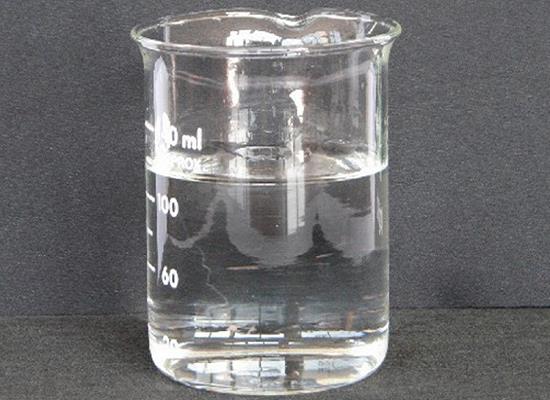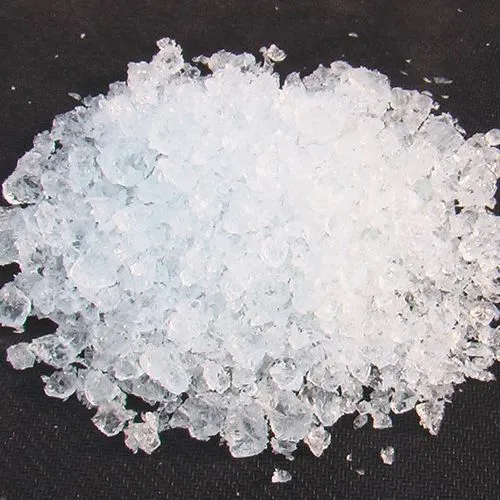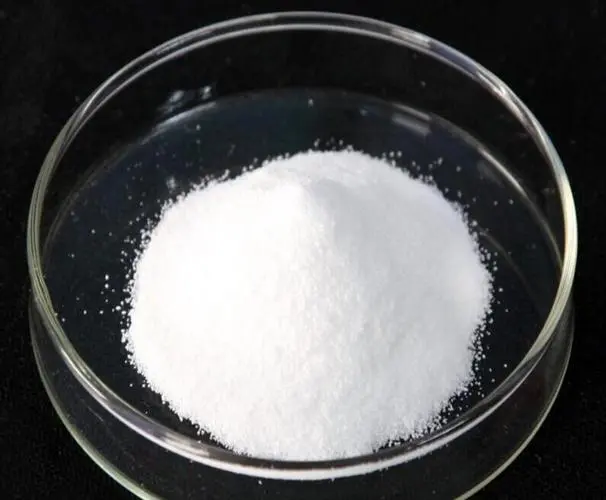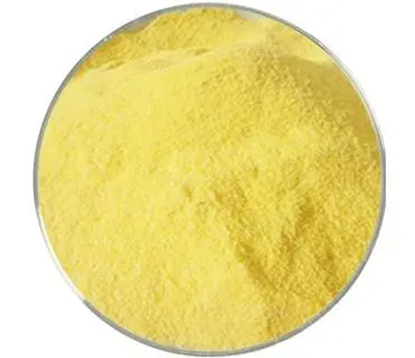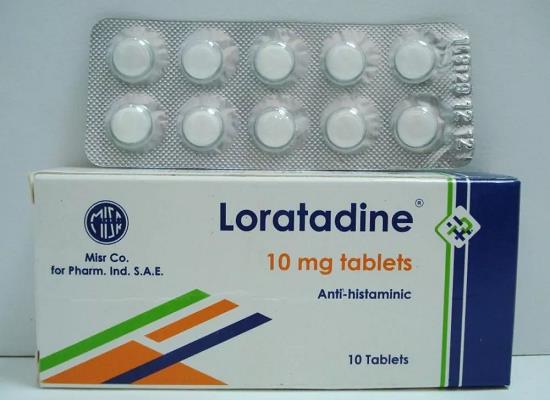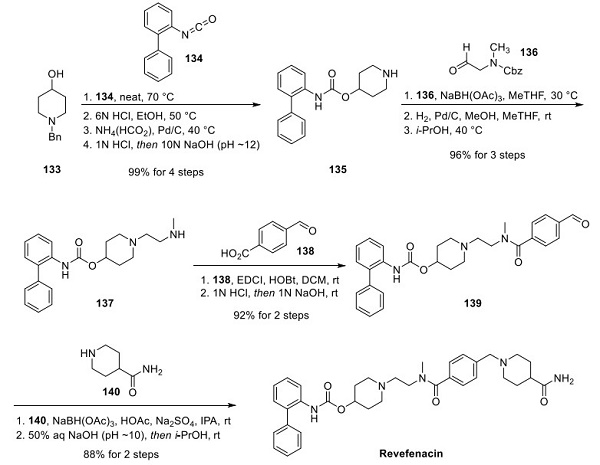Active Pharmaceutical Ingredients (API), popularly speaking, are the raw materials of medicines, only pharmaceutical raw materials are processed into pharmaceutical preparations , can they become medicines available for clinical use, so drugs we usually eat are the finished drugs through processing. Active Pharmaceutical Ingredients based on its sources can be divided into two major categories ,including chemical synthetic drugs and natural chemical drugs. Chemical synthetic drugs can be divided into organic synthetic drugs and inorganic synthetic drugs. Inorganic synthetic drugs are inorganic compounds ( very few is element), such as aluminum hydroxide, magnesium trisilicate which are used for the treatment of gastric and duodenal ulcers ; organic synthetic drugs are mainly composed of drugs made by basic organic chemical raw materials, through a series of organic chemical reactions (such as aspirin, chloramphenicol, caffeine, etc.). Natural chemical drugs ,based on its sources,can be divided into two categories including biochemical drugs and plant chemical drugs. Antibiotics are generally made by the microbial fermentation, which belongs to the biochemistry category. A variety of semi-synthetic antibiotics occurs in recent years,which are biosynthesis and chemical synthesis combining products.Among active Pharmaceutical Ingredients, the organic synthetic drugs varieties, yields and values have the largest proportion,which are the main pillars of the chemical and pharmaceutical industries. The quality of active Pharmaceutical Ingredients decides whether the formulation is good or bad , so its quality standards are very strict ,countries in the world have developed national pharmacopoeia standards and strict quality control methods for its widely used active Pharmaceutical ingredients.
Sulfur Dioxide's Potential Physiological Benefits in Regulating Vascular Structure
Sulfur dioxide, released from combustion, has solubility in water, toxic inhalation effects, and regulates vasorelaxation and vascular structure through the sGC/cGMP/PKG pathway.
Dec 26,2023 APIThe Pharmacodynamics of L(-)-Epinephrine and Its Role in Anaphylaxis Management
L(-)-Epinephrine is a sympathomimetic drug that activates beta-1 and beta-2 receptors, providing relief from asthma, croup, anaphylaxis, and allergic reactions, with rapid metabolism and elimination.
Dec 26,2023 APIUnleashing the Potential of Dicyclohexylamine in Catalytic Reactions
Dicyclohexylamine can be synthesized by diphenylamine using supported rhodium catalysts and it is a versatile compound with diverse applications as reactant and catalyst.
Dec 26,2023 APICoagulation and application of Sodium silicate
Sodium silicate is widely used as a coagulation accelerator for oil-well cement.
Dec 25,2023 APIWhat is the toxicity of Sodium sulfate
Sodium sulfate may result in gastrointestinal irritation and diarrhea.
Dec 25,2023 APIRetinyl acetate: Introduction; Application and More
Retinyl acetate is derived from retinol. It can be used as a dietary supplement as a source of vitamin A.
Dec 25,2023 APINew study shows loratadine's efficacy in allergic rhinitis and urticaria
Loratadine is a long-acting antihistamine effective in treating allergic rhinitis and urticaria with predictable and dose-proportional pharmacokinetics, with minimal clinical interactions.
Dec 25,2023 APICreatine supplementation: effects on brain function and health
Creatine supplementation enhances muscle performance and increases muscle creatine levels, with mixed evidence for cognitive function and potential benefits in mental health disorders.
Dec 25,2023 APIApixaban: drug interactions and therapeutic efficacy
Apixaban carries a risk of bleeding and should not be combined with certain medications. It effectively treats acute venous thromboembolism and prevents recurrent VTE.
Dec 25,2023 APIHow to synthesize Revefenacin?
Revefenacin is a new M3 muscarinic receptor antagonist, which could prevent acetylcholine from binding with the muscarinic receptor, making bronchodilation and relieving COPD symptoms.
Dec 22,2023 API





